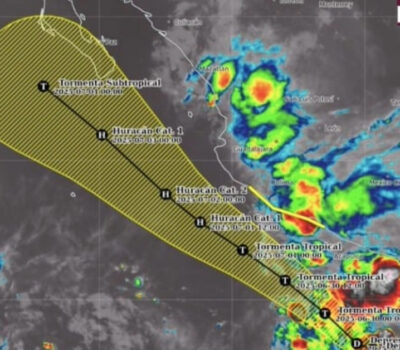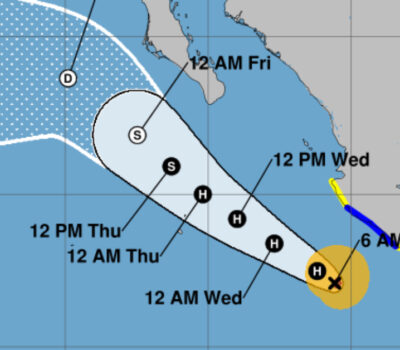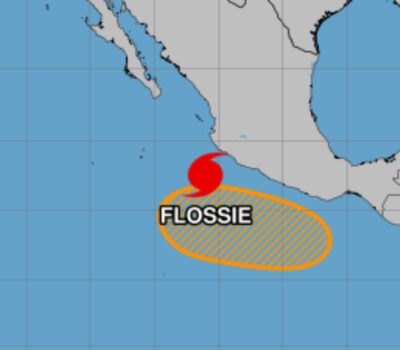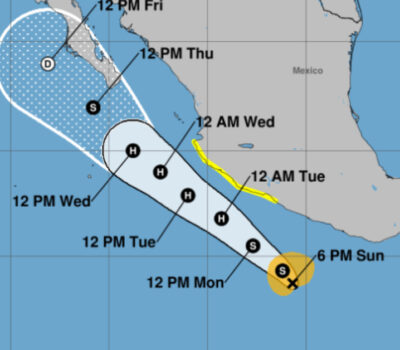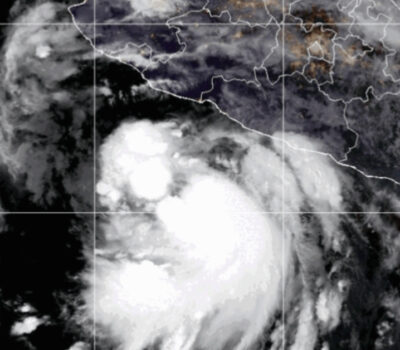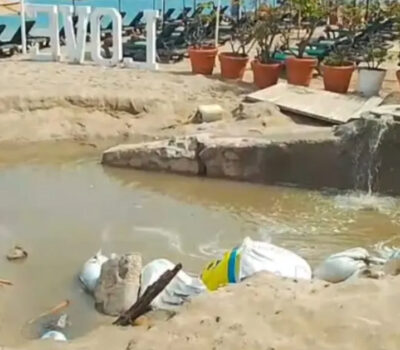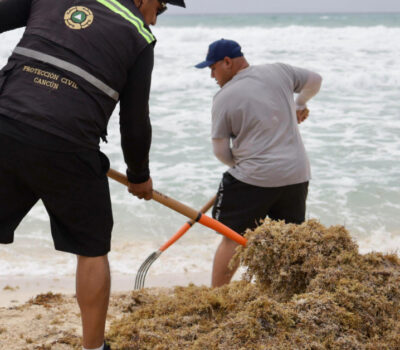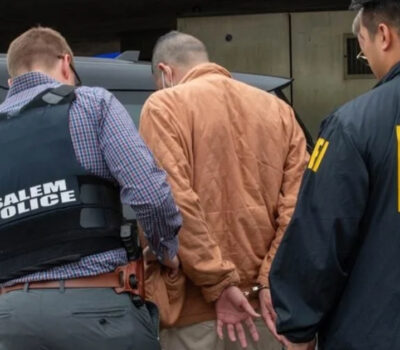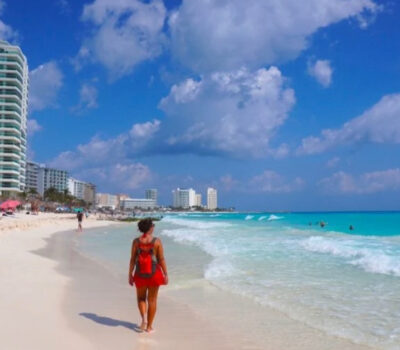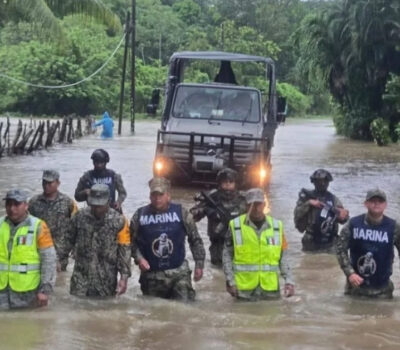Every year, 3 May is a date which celebrates the fundamental principles of press freedom; to evaluate press freedom around the world, to defend the media from attacks on their independence and to pay tribute to journalists who have lost their lives in the exercise of their profession.
Over 100 national celebrations take place each year to commemorate this Day. UNESCO leads the worldwide celebration by identifying the global thematic and organizing the main event in different parts of world every year.
The international day was proclaimed by the UN General Assembly in 1993 following a Recommendation adopted at the 26th Session of UNESCO’s General Conference in 1991. This in turn was a response to a call by African journalists who in 1991 produced the landmark Windhoek Declaration on media pluralism and independence.
President Enrique Peña Nieto tweeted today “The Mexican Government recognizes the importance of the Freedom of Press and ensures the full exercise of this right. My appreciation to journalists.”
El @gobrep reconoce la importancia de la #LibertadDePrensa y vela por el pleno ejercicio de este derecho. Mi reconocimiento a periodistas.
— Enrique Peña Nieto (@EPN) May 3, 2015
Reporters Without Boarders writes this about Mexico’s policy on journalism and freedom of the press:
Mexico is one of the world’s most dangerous countries for journalists. They are threatened and murdered by organized crime or corrupt officials with impunity. The resulting climate of fear leads to self-censorship and undermines freedom of information.
Enrique Peña Nieto’s election as president in 2012 has brought the Institutional Revolutionary Party (PRI) back to power and has ended the federal offensive against drug trafficking that was waged during Felipe Calderón’s six-year presidency (2006-2012). But it has not in any way improved freedom of information.
Mexico continues to be one of the world’s most dangerous countries for journalists. More than 80 have been killed in the past decade, and 17 have disappeared. Media are often the target of threats and armed attacks, especially in the north. These acts of intimidation are the work of drug cartels seeking to silence reporters and bloggers who cover organized crime and related violence.
Federal and state authorities also intimidate journalists. In San Luis Potosí, journalists with the regional daily Pulso were the targets of an “anonymous” hate campaign on social networks in early 2012 that was seen as a reprisal by the state government for a series of critical articles. In 2013, the federal government reached an agreement with certain state governments aimed at minimizing acts of violence and reducing widespread fears.
Impunity continues to prevail in almost all murders and disappearances of journalists. The police and judicial investigations into these murders are often closed quickly or are paralyzed by cumbersome bureaucratic procedures. The impunity is also due to collusion between organized crime and the political and administrative authorities, which have been corrupted or even infiltrated by the cartels at all levels.
The climate of violence and impunity has driven many journalists to flee abroad to escape the threats to themselves and often their families. Many news media have said they will no longer cover drug trafficking for fear of violent reprisals. This climate of self-censorship is detrimental to media freedom. Online social networks have in many cases become the only source of information on violence linked to the drug cartels, which no longer hesitate target bloggers who try to break the spiral of silence.
On the judicial front, the creation of a Special Prosecutor’s Office for Crimes against Freedom of Expression (Fiscalía Especial para la Atención de Delitos Contra la Libertad de Expresión) in February 2006 has so far led to only one prosecution.
A constitutional amendment allowing the federal authorities to take charge of investigating and prosecuting crimes affecting the work of journalists was confirmed by the senate in 2012. This has led to the creation of a Federal Mechanism for the Protection of Human Rights Defenders and Journalists, which is widely criticized as inadequate. The decriminalization of media offenses at the federal level in 2007 has been one of the new real steps forward.
Finally, media independence and transparency is undermined by the very close connections between media and politicians. The media landscape is also characterized by a lack of pluralism, with Televisa and TV-Azteca holding 90 per cent of free and pay TV concessions. At the same time, the many community radio stations often still lack legal frequencies and are constantly hounded.
Every year, 3 May is a date which celebrates the fundamental principles of press freedom; to evaluate press freedom around the world, to defend the . . .

